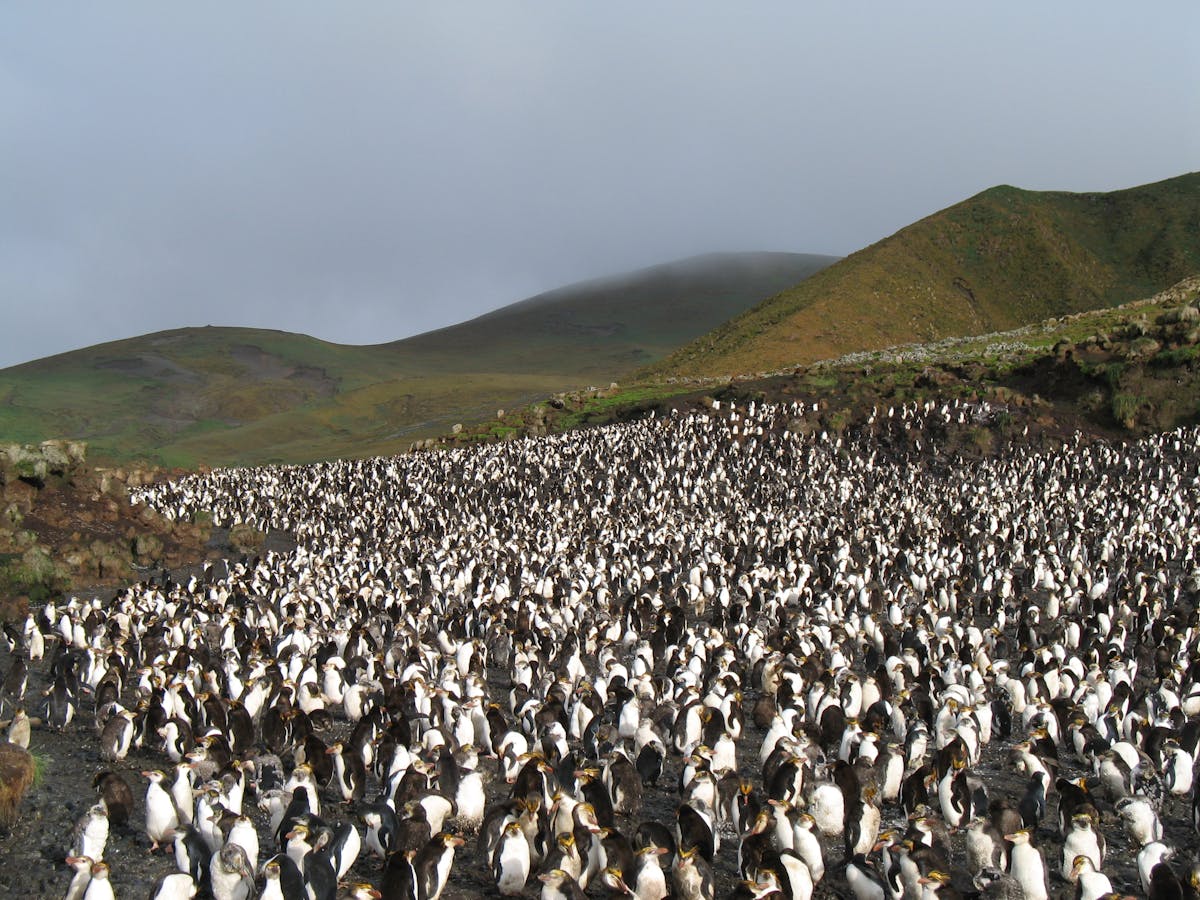Australasia
The Australasia realm is dominated by the Australian continent and two additional subrealms—New Zealand and the Australasian Islands & East Indonesia—with 16 bioregions in total as defined in the One Earth Bioregions Framework. Australia has seven bioregions, the largest of which contains its vast interior deserts. The south of Australia is defined largely by coastal Mediterranean woodlands and a large expanse of tropical savannas to the north. To the east are temperate grasslands and coastal forests that extend down to Tasmania. The New Zealand subrealm contains forests and grasslands and adjoining small islands to the east and west. The Australasian Islands & East Indonesia subrealm includes Papua, Sulawesi, and other Indonesian islands east of the Makassar Strait and south of the Java Sea, as well as the Solomon Islands, Vanuatu, and New Caledonia. With its seven seas and immense coral reefs, Australasia is one of the most critical realms for ocean biodiversity. The Great Barrier Reef—considered one of the Seven Natural Wonders—is the world’s largest coral reef system, composed of over 2,900 individual reefs and 900 islands stretching over 2,300 kilometers.
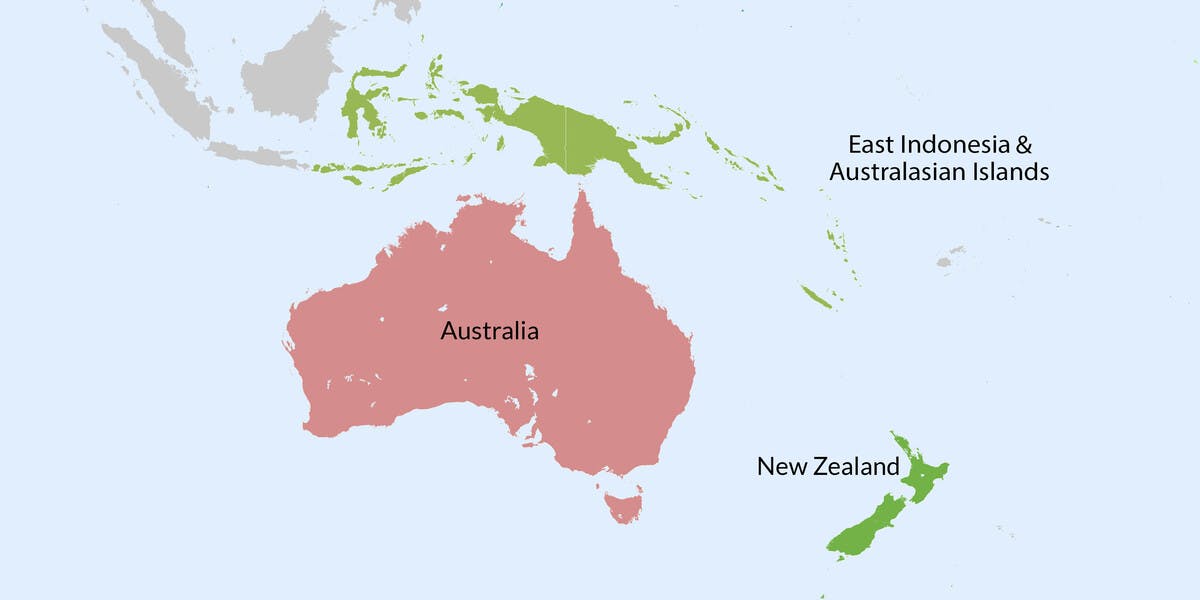
-
-
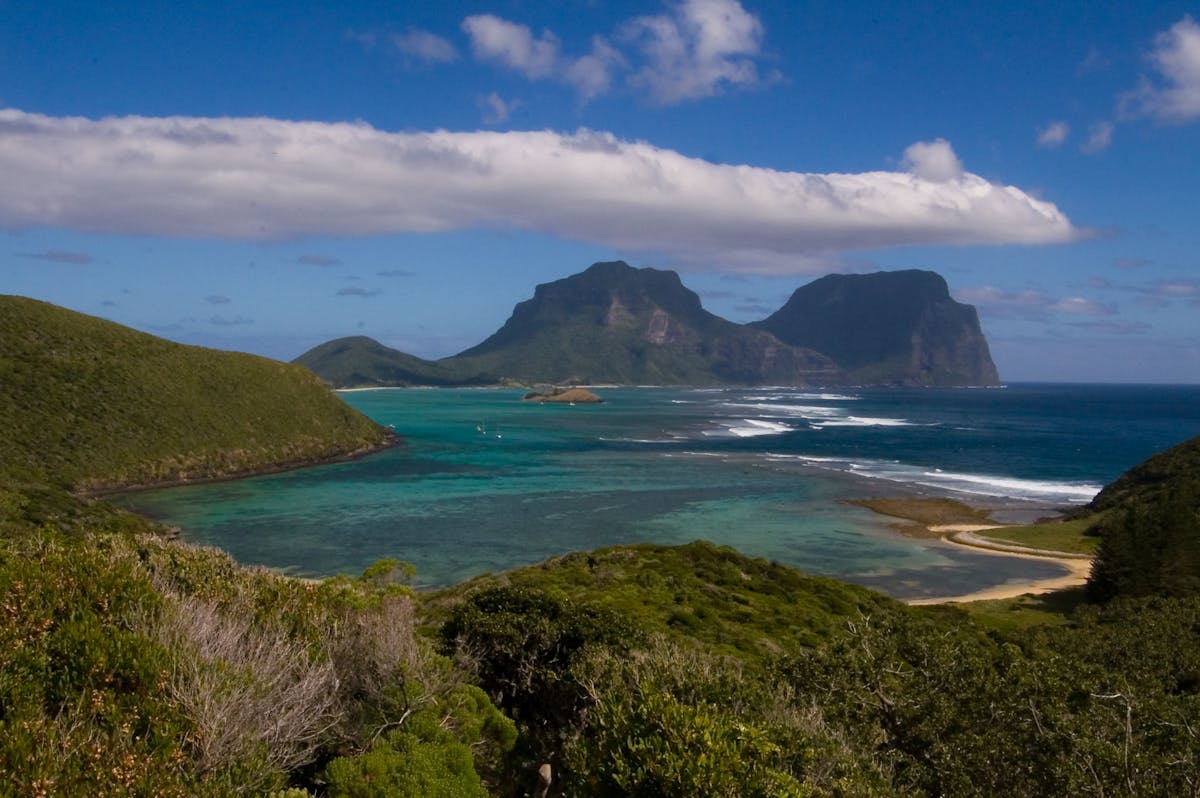
Lord Howe & Norfolk Islands (AU2)
Total Land Area (1000 ha): 6 Number of Ecoregions: 2 Protection Target: 48% Protection Level: 10The Lord Howe & Norfolk Islands bioregion, located in the New Zealand subrealm of Australasia, is situated between Australia and New Zealand in the Tasman Sea and contains two ecoregions and adjacent marine areas.
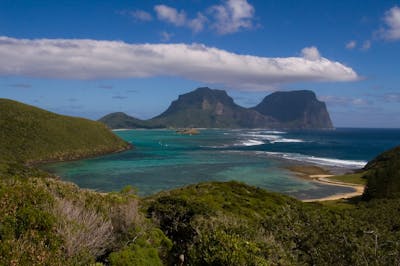
-
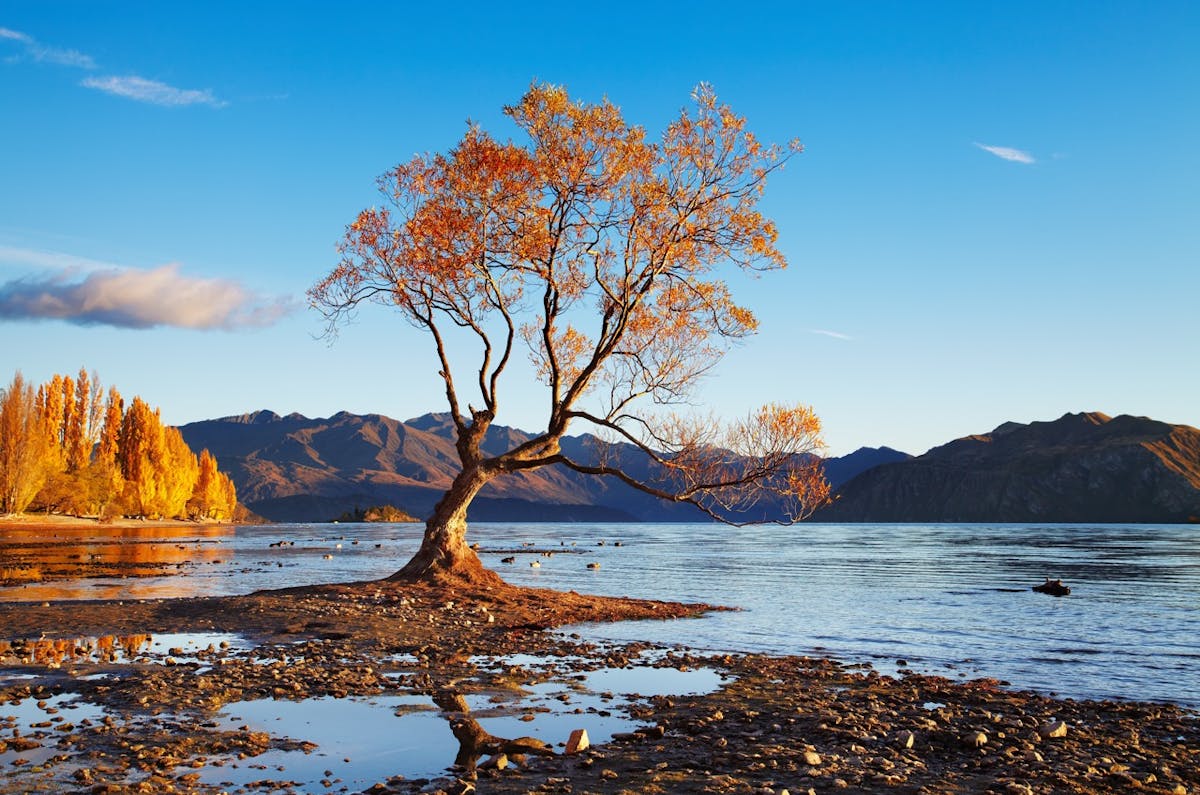
New Zealand (AU1)
Total Land Area (1000 ha): 26,662 Number of Ecoregions: 11 Protection Target: 49% Protection Level: 6The New Zealand bioregion, located in the Australasia realm of Australasia, incorporates the country’s two main islands and several hundred small surrounding islands. The bioregion contains 11 ecoregions and several large alpine lakes.
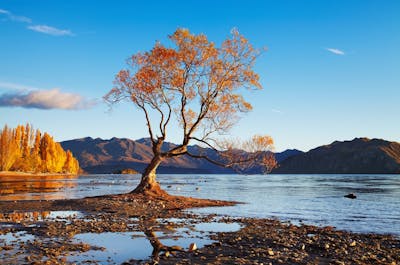
-
Subantarctic Antipodes Islands (AU16)
Total Land Area (1000 ha): 9 Number of Ecoregions: 1 Protection Target: 100% Protection Level: 10The Subantarctic Antipodes Islands bioregion is part of the New Zealand subrealm. A group of rocky, volcanic islands dominated by one tundra ecoregion, this bioregion is an important breeding site for an array of birds.
-
-
-
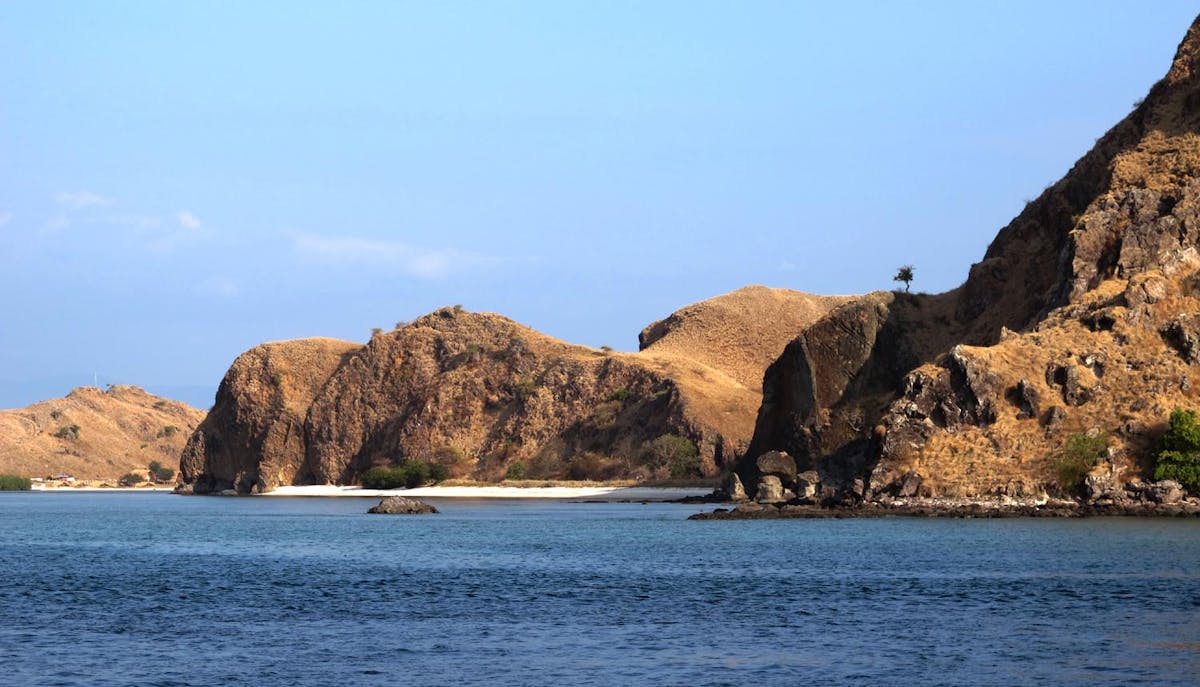
Southeast Indonesian Dry Forest Islands (AU15)
Total Land Area (1000 ha): 8,392 Number of Ecoregions: 3 Protection Target: 38% Protection Level: 2The Southeast Indonesian bioregion, located in the Australasia realm, includes most of the Lesser Sunda Islands, of long chain of volcanic islands running along the Flores and Savu Seas. This bioregion is dominated by tropical dry forests with three ecoregions totaling more than eight million hectares of land area.
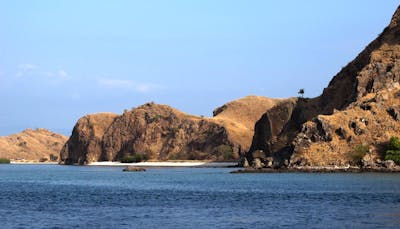
-
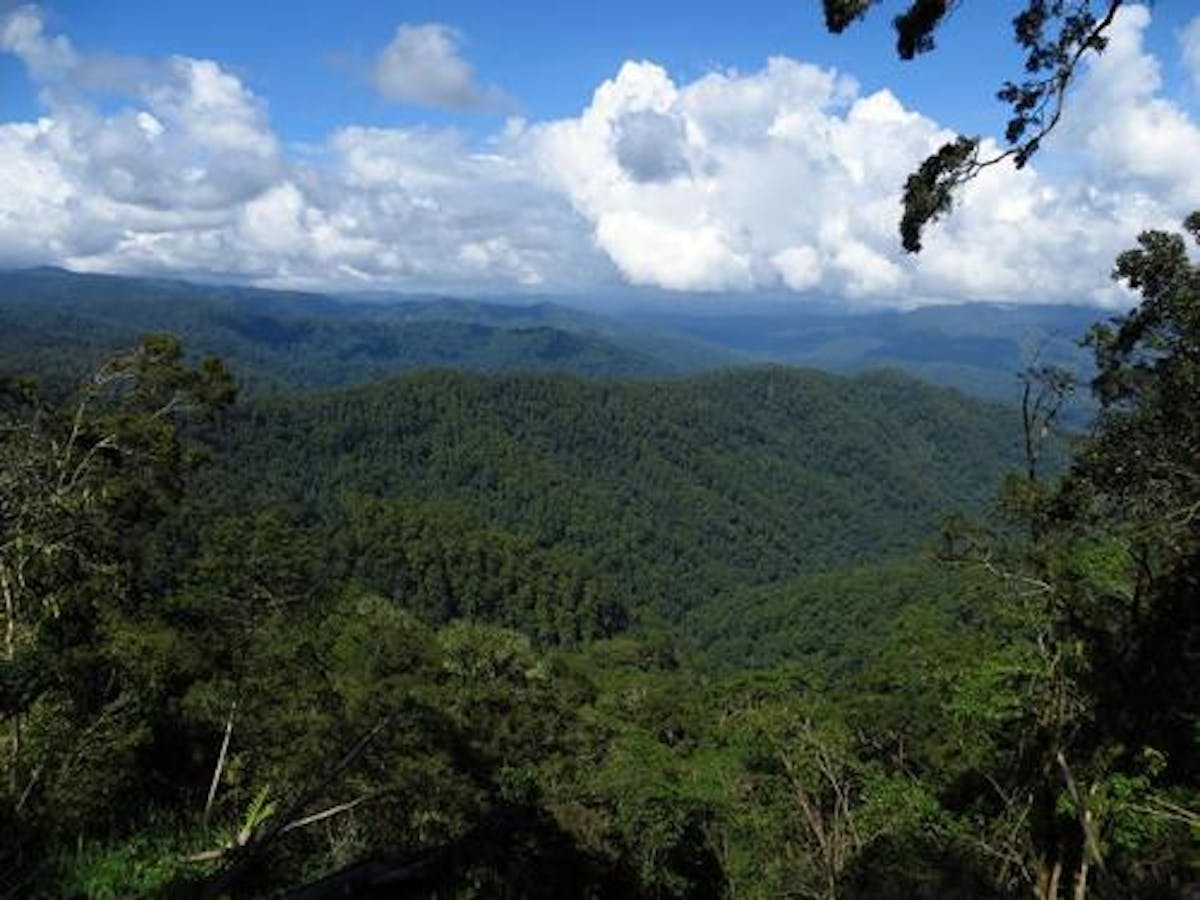
Sulawesi & Maluku Islands (AU14)
Total Land Area (1000 ha): 25,508 Number of Ecoregions: 6 Protection Target: 64% Protection Level: 2The Sulawesi, Maluku & Banda Sea Islands bioregion, located in the Australasia realm, consist of a large group of Indonesian islands surrounding the Molucca and Banda Seas. The islands are dominated by rainforests with moist deciduous forest in the south, and the bioregion consists of six ecoregions totaling approximately 25.5 million hectares of land area.
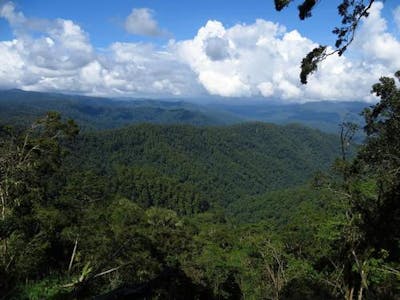
-
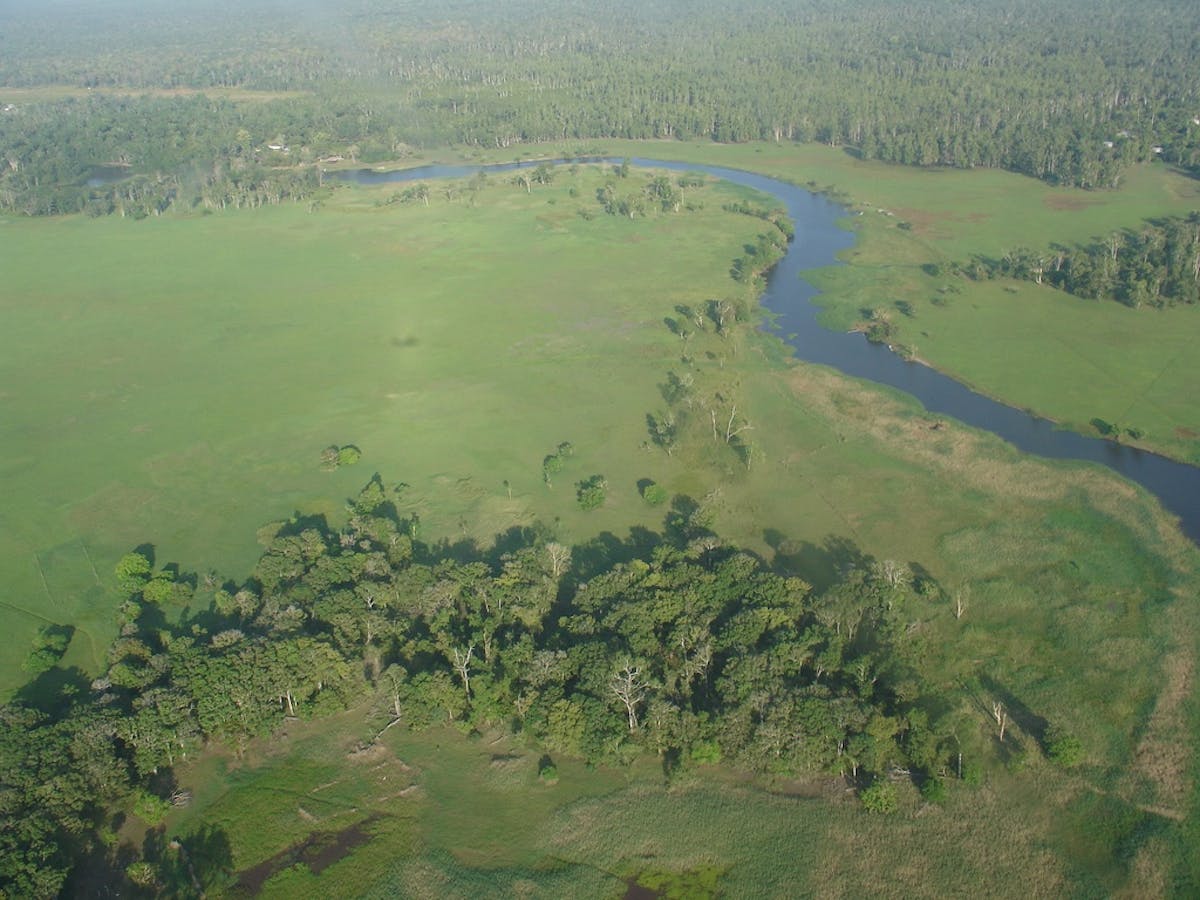
New Guinea & Surrounding Islands (AU13)
Total Land Area (1000 ha): 87,795 Number of Ecoregions: 19 Protection Target: 83% Protection Level: 1The New Guinea bioregion, located in the Australasia realm, is the world’s second largest island (after Greenland) separated from Australia by the Torres Strait. New Guinea and its surrounding islands make up the northernmost grouping of islands in Melanesia. It contains 19 ecoregions.

-
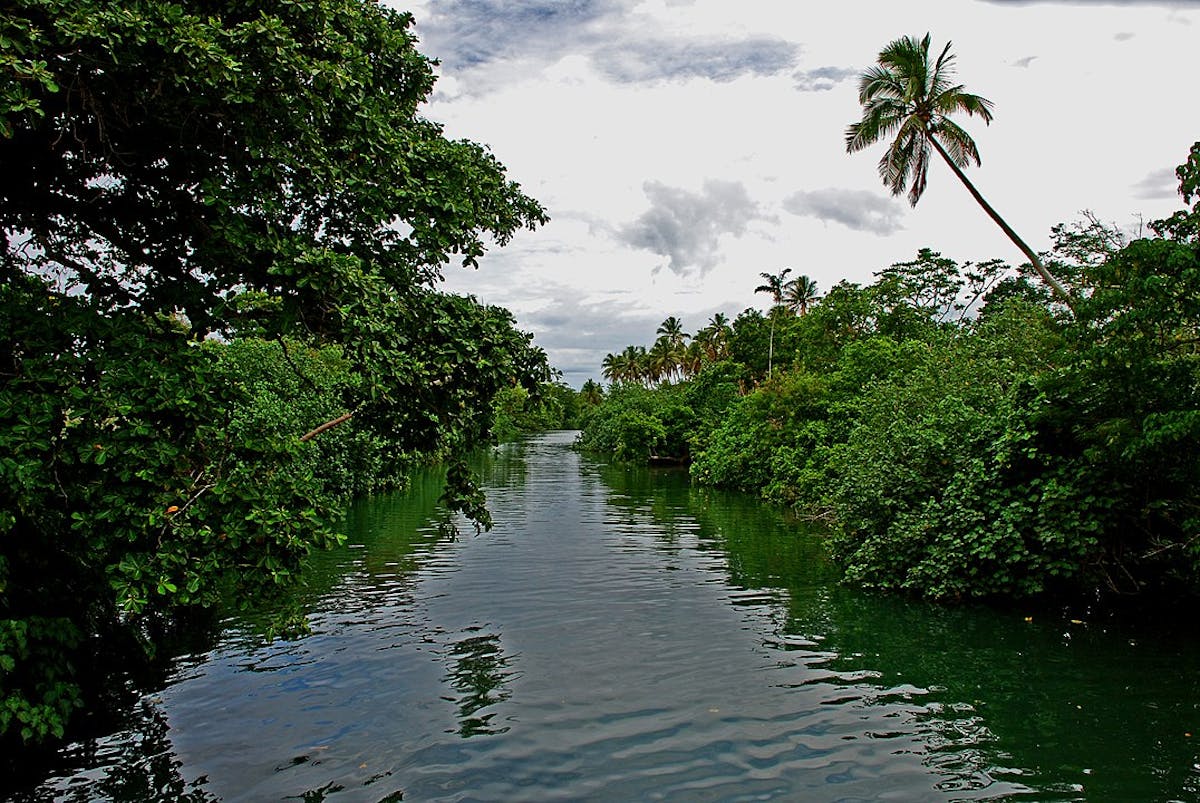
Vanuatu Islands (AU11)
Total Land Area (1000 ha): 1,323 Number of Ecoregions: 1 Protection Target: 70% Protection Level: 1The Vanuatu Islands bioregion is an archipelago of over 80 islands just to the east of New Caledonia and the Coral Sea. These islands, totaling more than one million hectares of land, are dominated by one ecoregion.
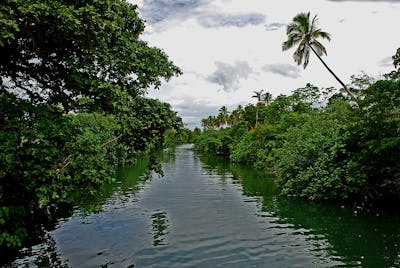
-
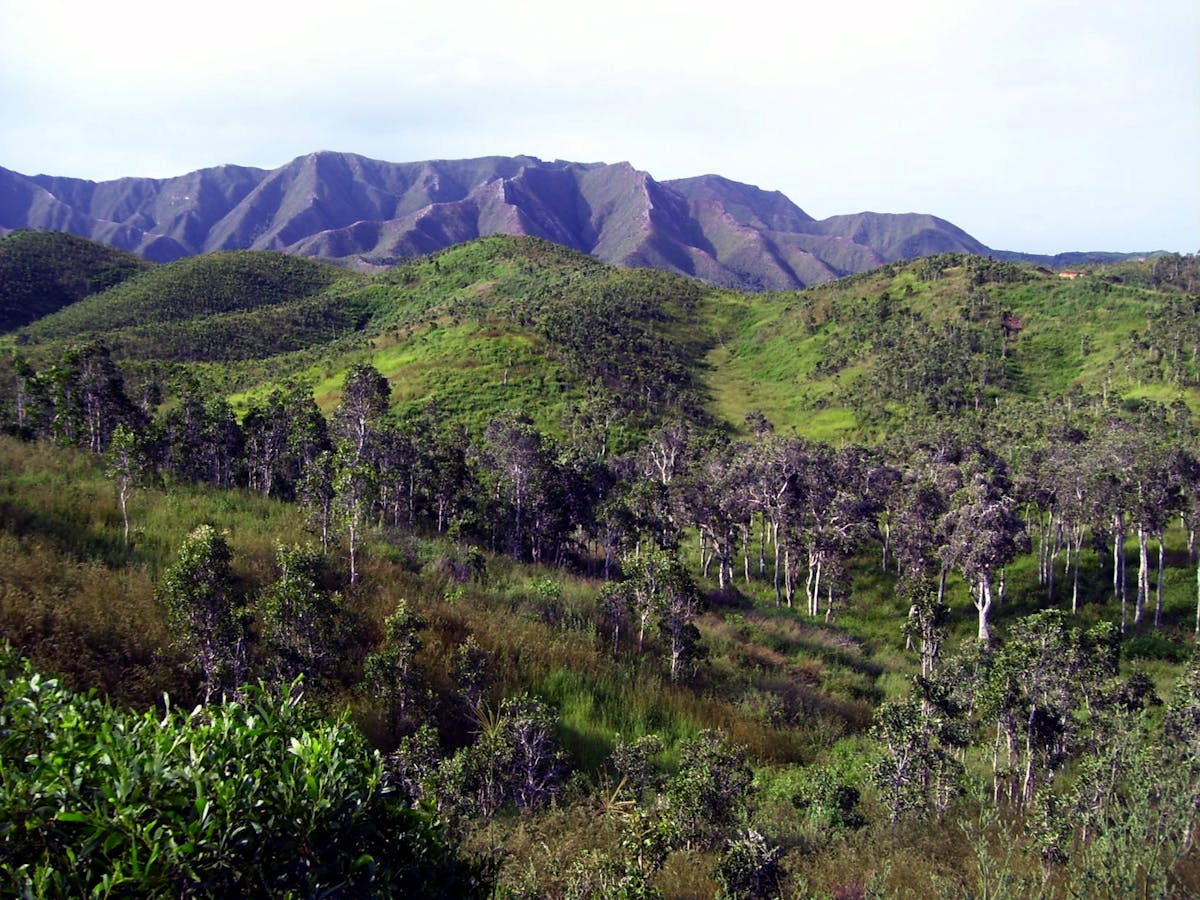
Coral Sea & New Caledonia Islands (AU10)
Total Land Area (1000 ha): 1,903 Number of Ecoregions: 2 Protection Target: 70% Protection Level: 8The Coral Sea & New Caledonia Islands bioregion, located in the Australasia realm, extends from the Great Barrier Reef to the New Caledonia Islands, encompassing most of the Coral Sea and sharing much of the reef’s rich biodiversity. The bioregion has two ecoregions with a total land area of nearly two million hectares.
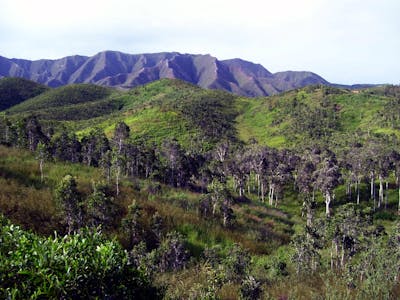
-
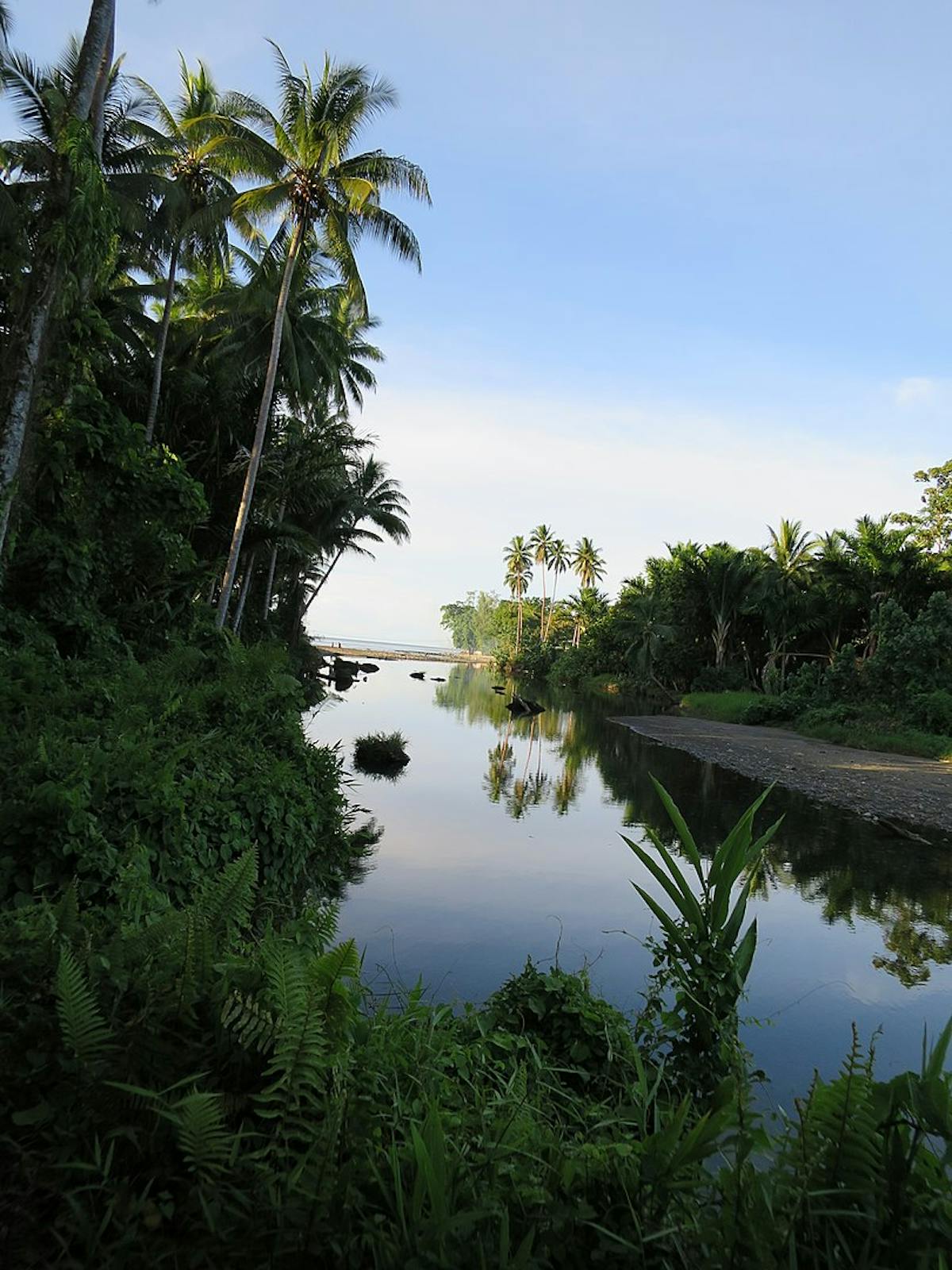
Solomon Islands (AU12)
Total Land Area (1000 ha): 3,593 Number of Ecoregions: 1 Protection Target: 86% Protection Level: 0The Solomon Islands bioregion, located in the Australasia realm, is an archipelago of six major islands and hundreds of minor islands and islets in the Solomon Sea, just above the Coral Sea. These islands, totaling approximately 3.5 million hectares of land, are dominated by one ecoregion.
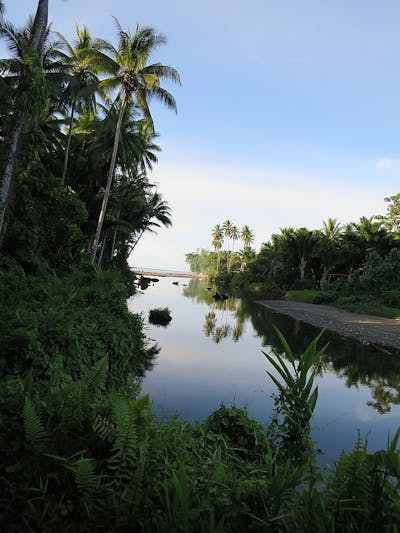
-
-
-
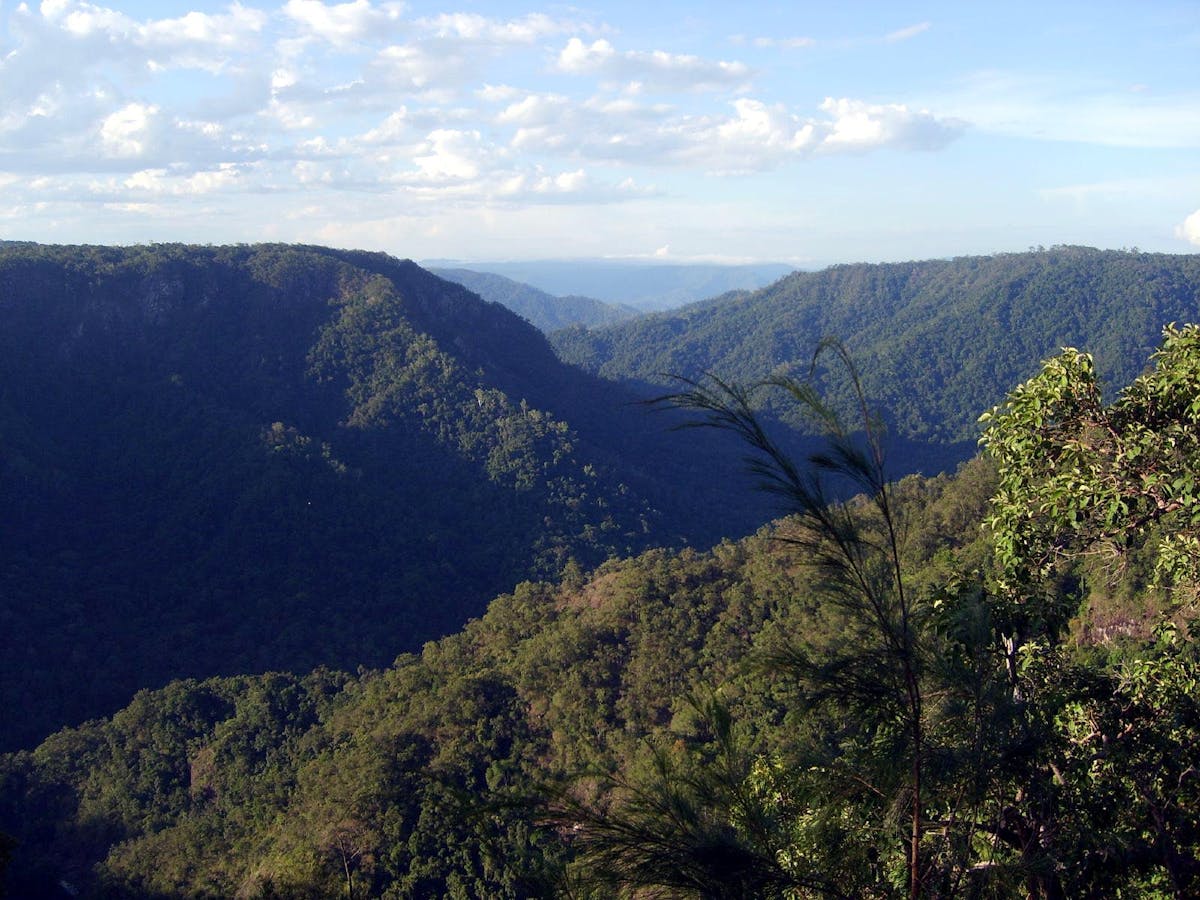
Queensland Tropical Rainforests & Savannas (AU9)
Total Land Area (1000 ha): 56,869 Number of Ecoregions: 3 Protection Target: 77% Protection Level: 2The Queensland Tropical bioregion, located in the Australia subrealm, covers the northeast coast of Australia and contains three ecoregions with a total land area of nearly 57 million hectares.
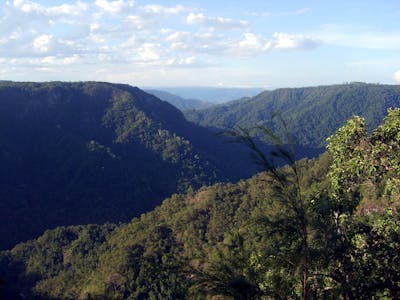
-
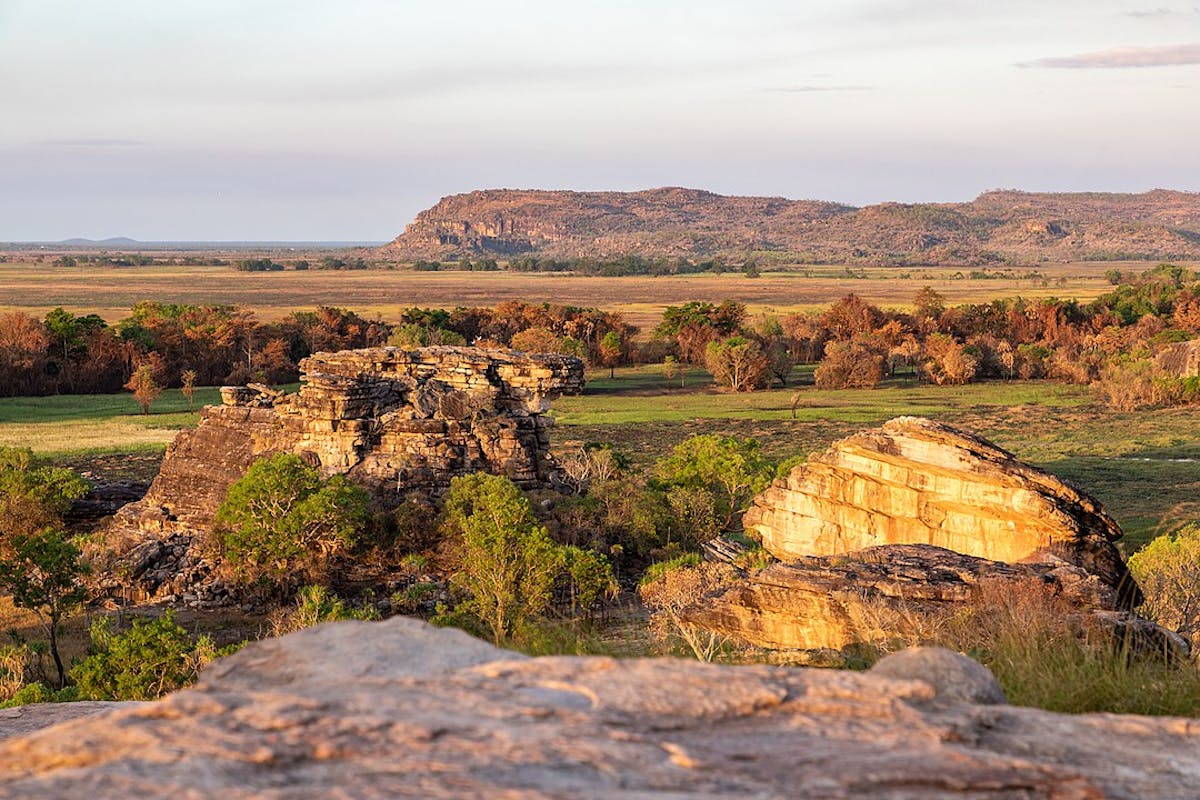
North Australian Tropical Savannas (AU8)
Total Land Area (1000 ha): 168,381 Number of Ecoregions: 6 Protection Target: 82% Protection Level: 2The North Australian Tropical Savannas bioregion, located in the Australasia realm of Australasia, consists entirely of tropical savannas covering the north of the continent, excluding Cape York in the north of Queensland. The bioregion contains six ecoregions and adjacent marine areas in the Timor Sea and Gulf of Carpentaria.
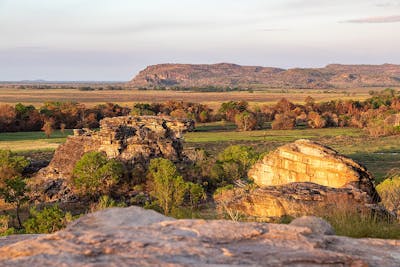
-
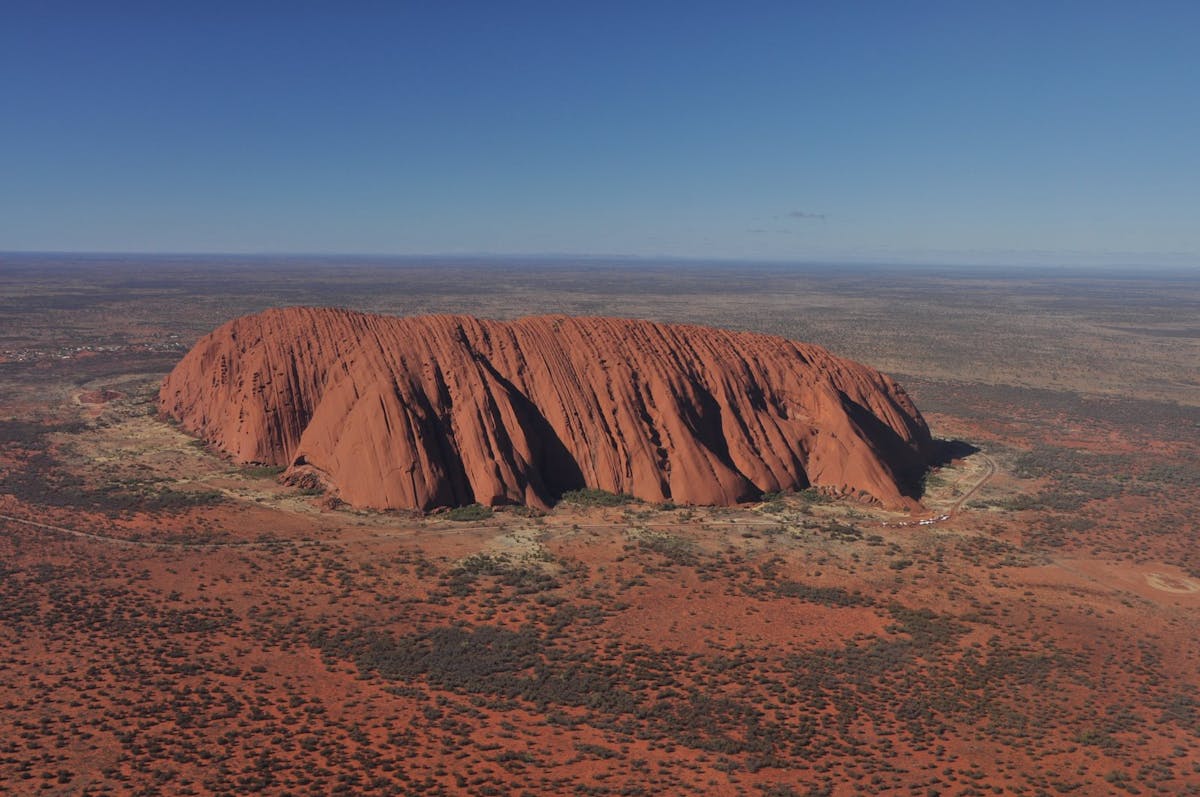
Greater Australian Interior Desert & Shrublands (AU7)
Total Land Area (1000 ha): 325,462 Number of Ecoregions: 8 Protection Target: 83% Protection Level: 3The Greater Australian Interior bioregion, located in the Australia subrealm of Australasia, represents a huge expanse of desert and dry shrublands with the famous Uluru, or Ayers Rock, in the center of the continent, a site that is sacred to its Indigenous people. The bioregion contains eight distinct ecoregions.
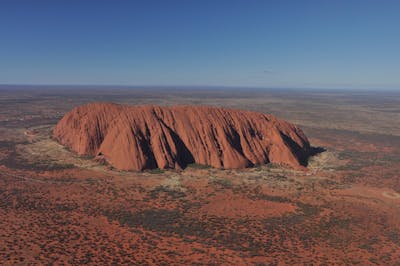
-
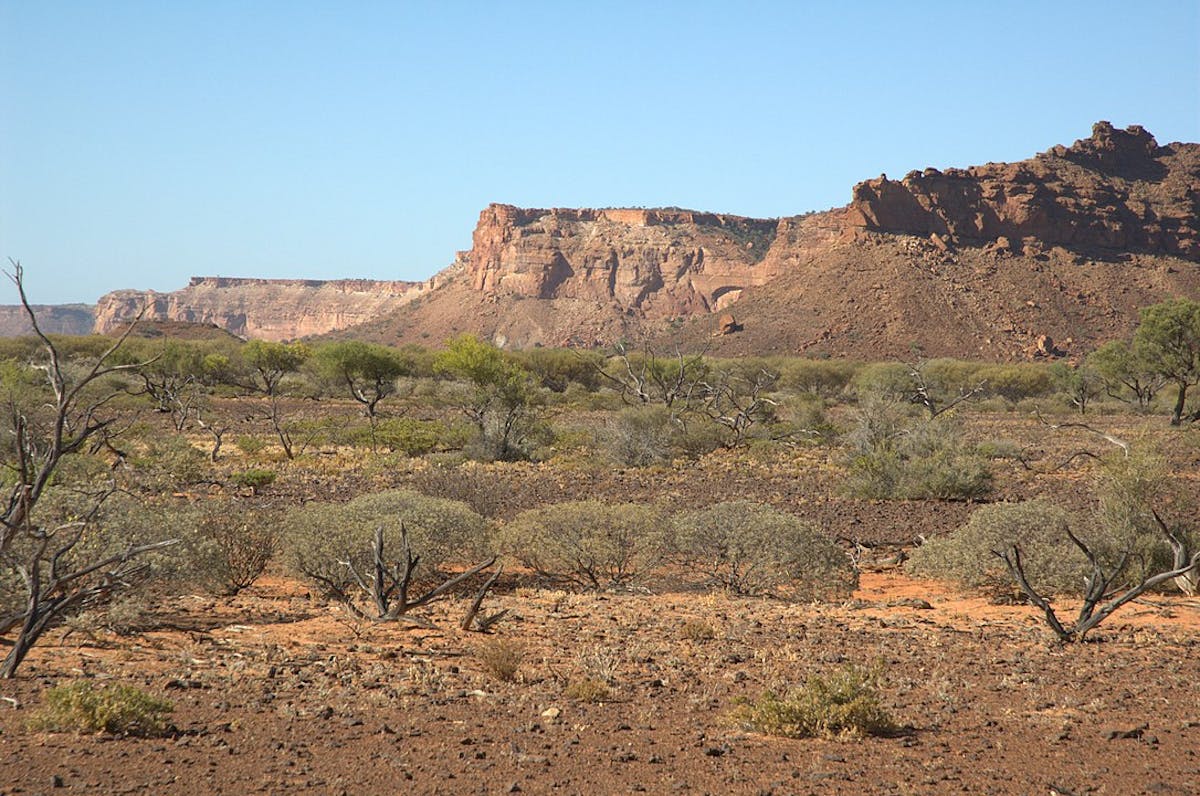
West Australian Dry Coastal Shrublands (AU6)
Total Land Area (1000 ha): 26,377 Number of Ecoregions: 2 Protection Target: 91% Protection Level: 1The West Australian bioregion, located in the Australia subrealm of Australasia, includes the dry shrublands on the continent’s west coast, from Shark Bay to the beginning of Eighty Mile Beach in the northwest, and contains two ecoregions.
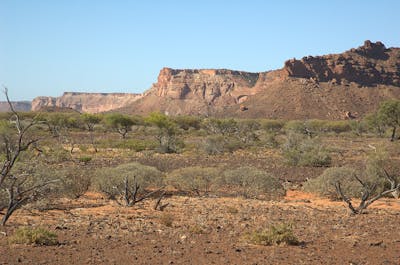
-
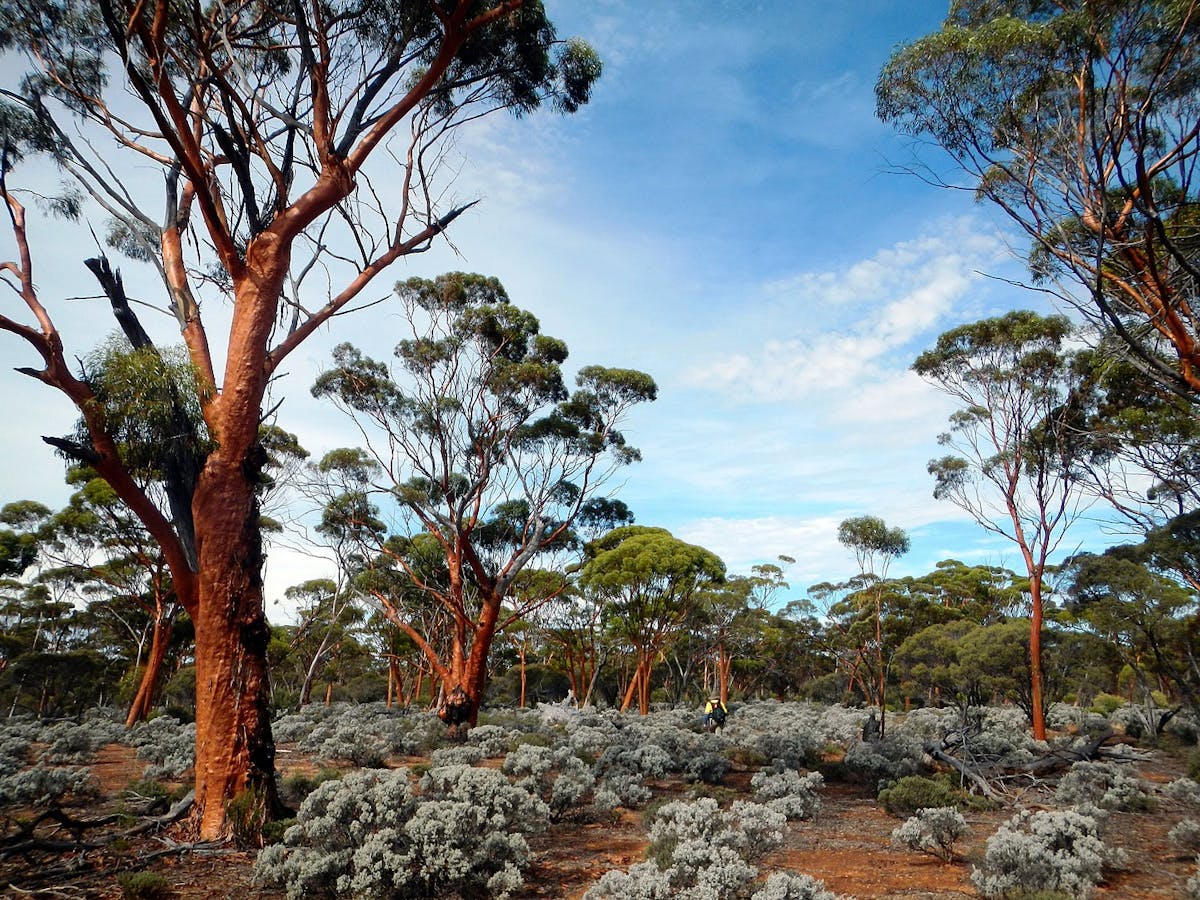
South Australian Mediterranean Forests, Woodlands & Scrub (AU5)
Total Land Area (1000 ha): 61,867 Number of Ecoregions: 8 Protection Target: 54% Protection Level: 3The South Australian Mediterranean bioregion is located in the Australia subrealm of Australasia, consists mostly of woodlands and shrublands covering much of the length of Australia’s southern and western coastline, and contains eight ecoregions.
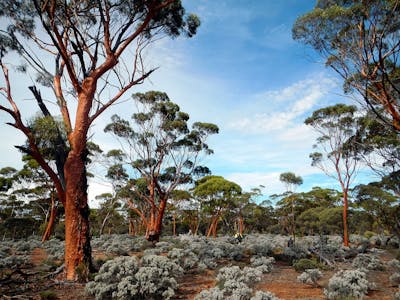
-
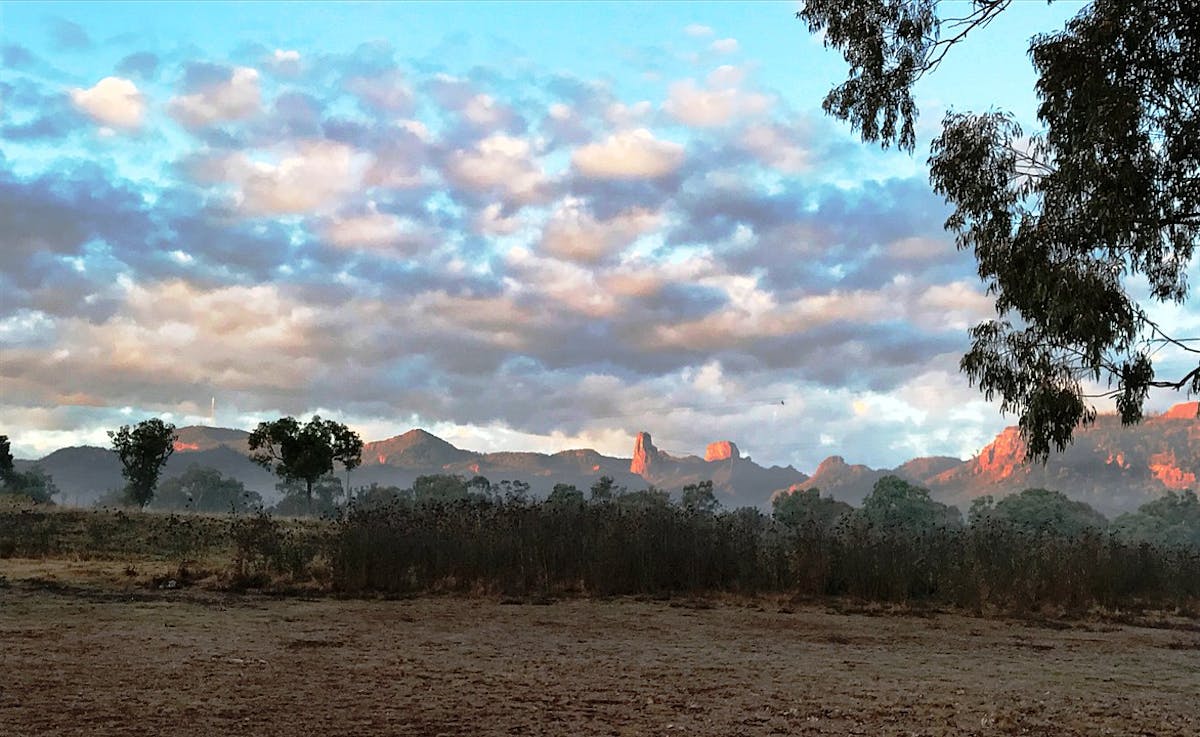
East Australian Mediterranean Woodlands & Temperate Savannas (AU4)
Total Land Area (1000 ha): 76,438 Number of Ecoregions: 4 Protection Target: 67% Protection Level: 1The East Australian Mediterranean bioregion, located in the Australia subrealm of Australasia, is situated between the coastal forests to the east and the continent’s great interior deserts to the west and contains four ecoregions.
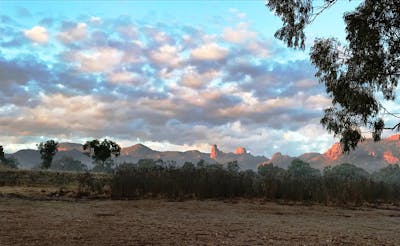
-
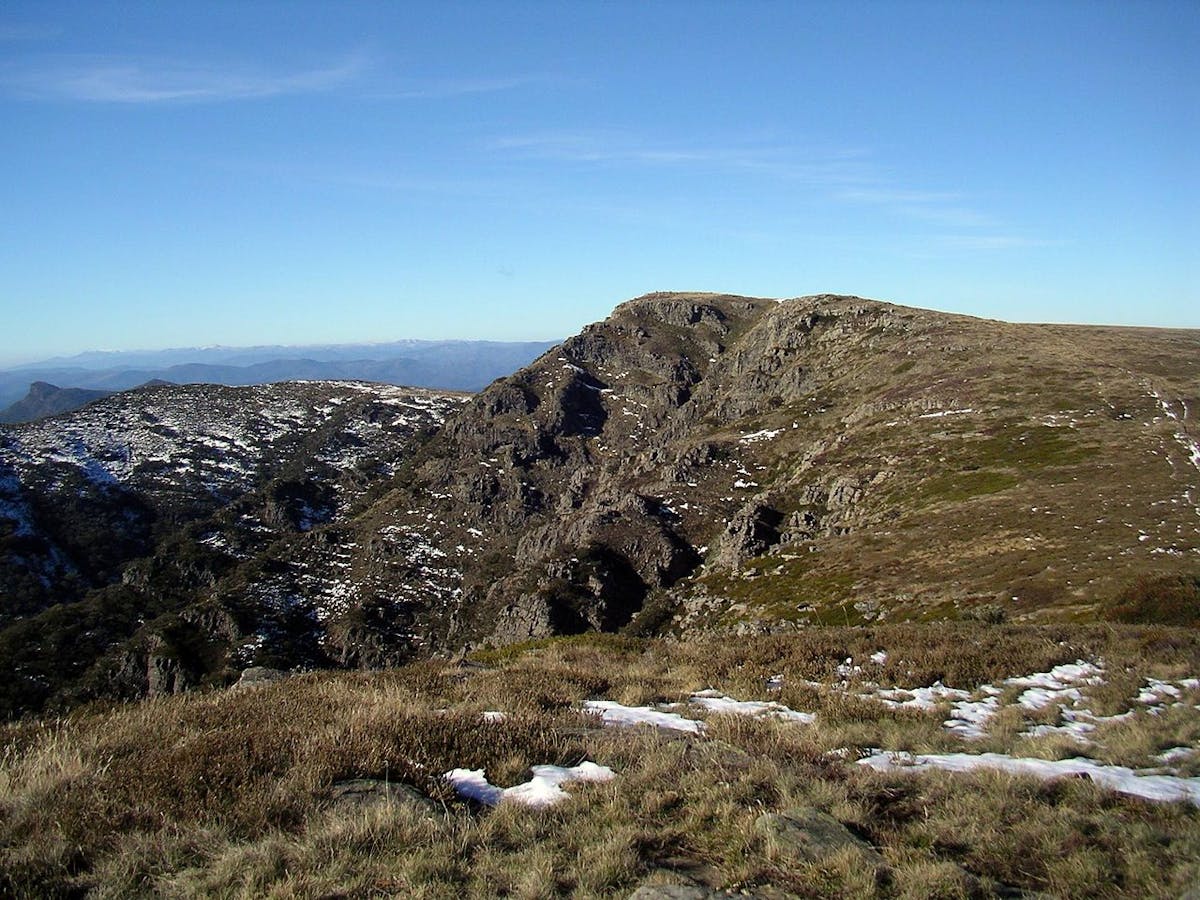
East Australian Temperate Forests & Mountain Shrublands (AU3)
Total Land Area (1000 ha): 56,635 Number of Ecoregions: 6 Protection Target : 33% Protection Level: 6The East Australian Temperate Forests & Mountain Shrublands bioregion, located in the Australia subrealm of Australasia, stretches the length of the continent’s east coast and contains six ecoregions and adjacent marine areas in the Tasman Sea.
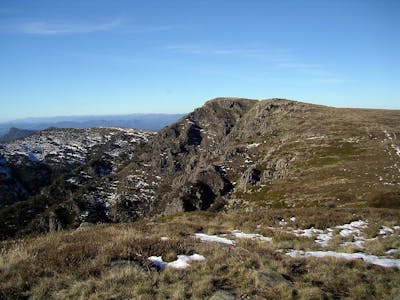
-
